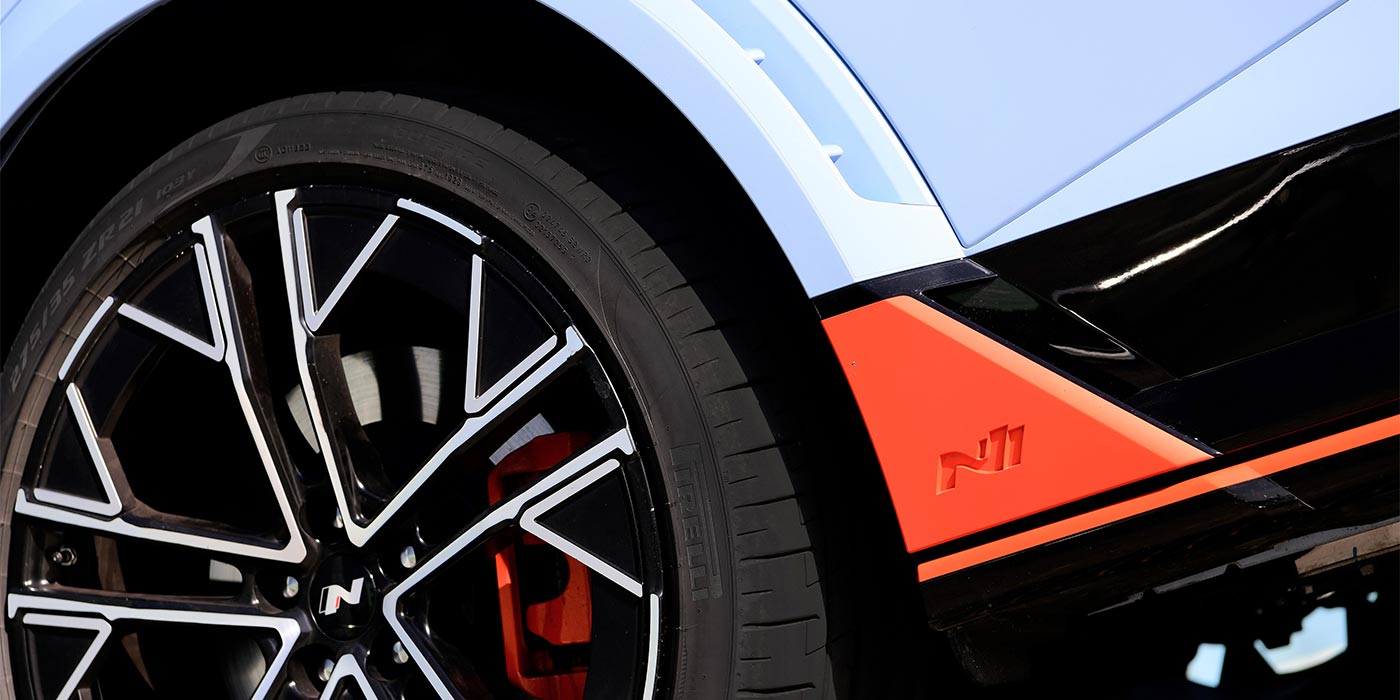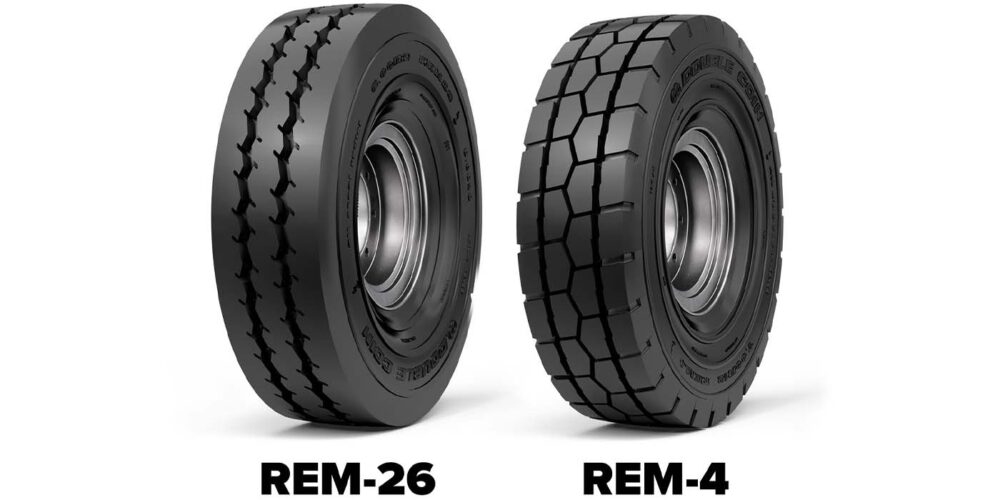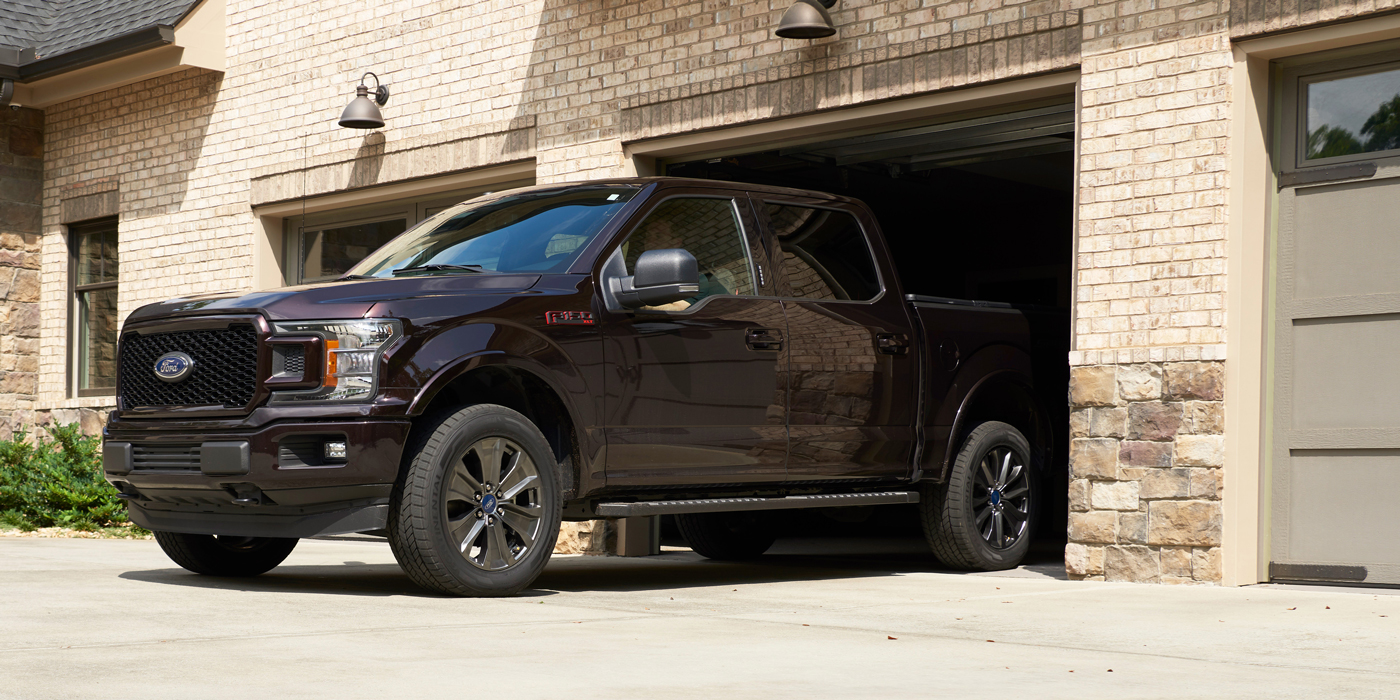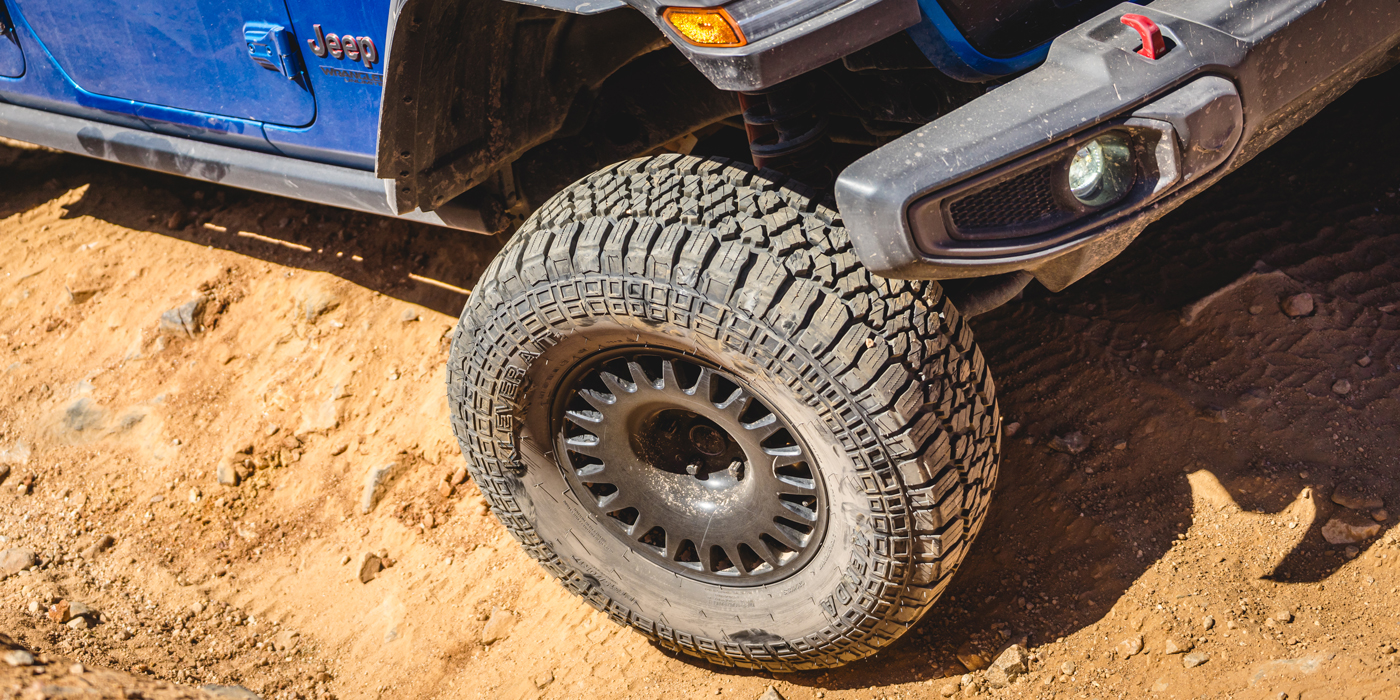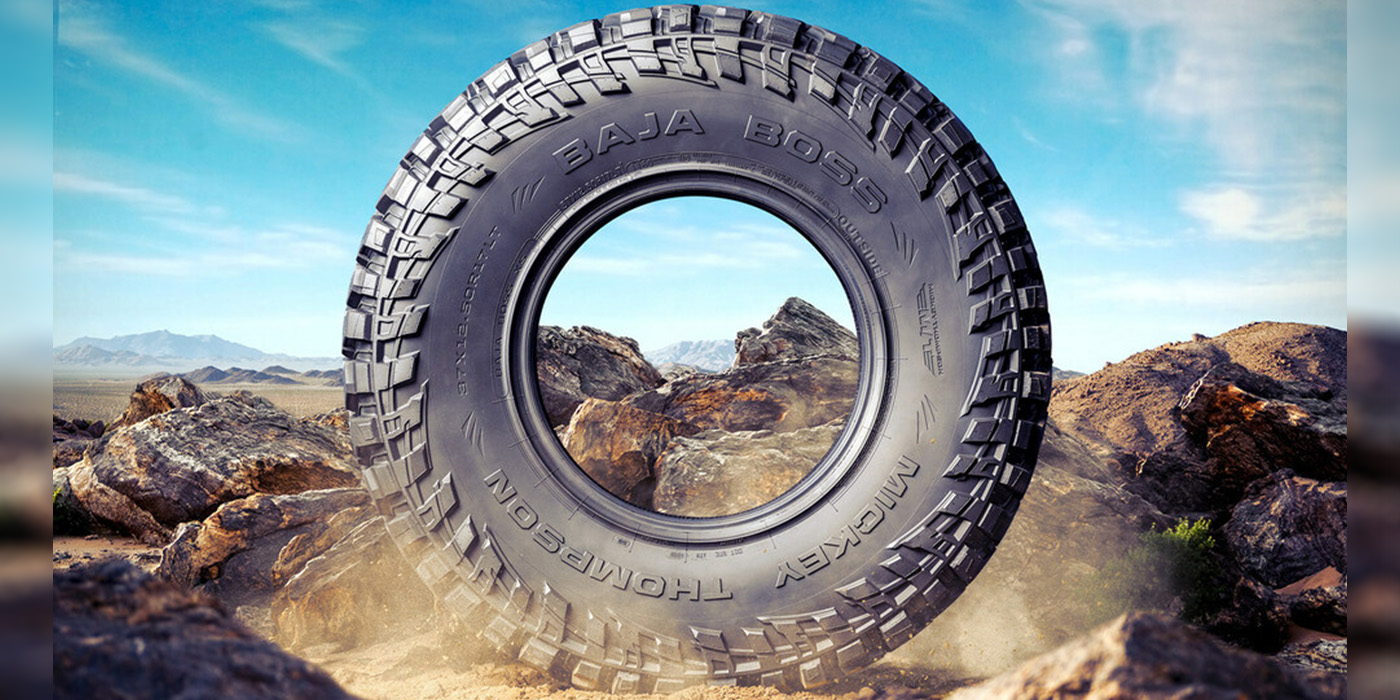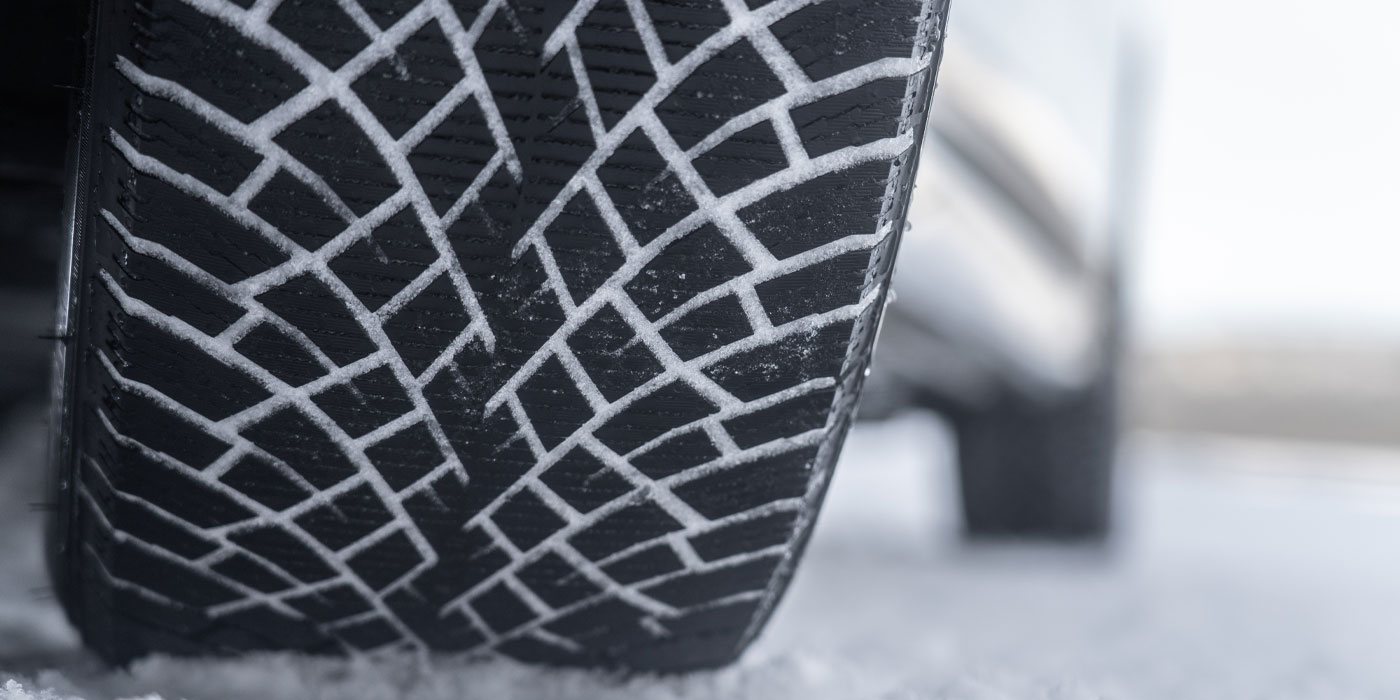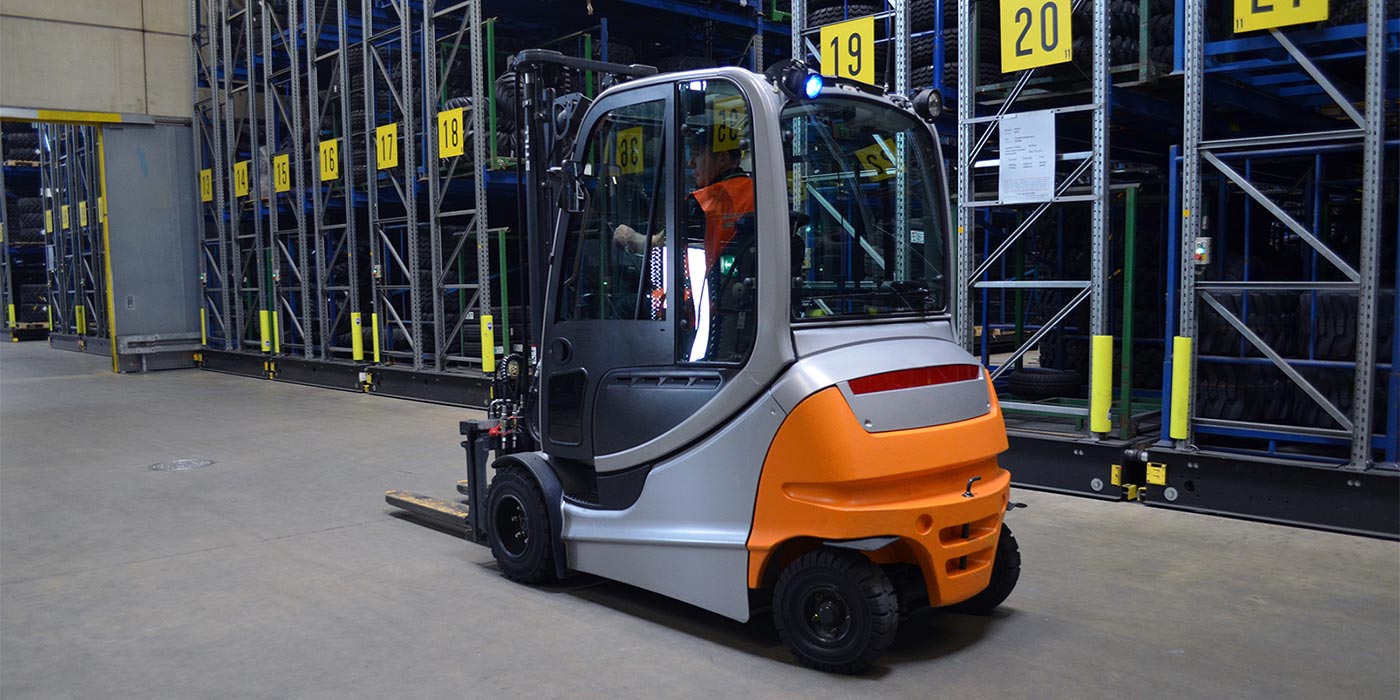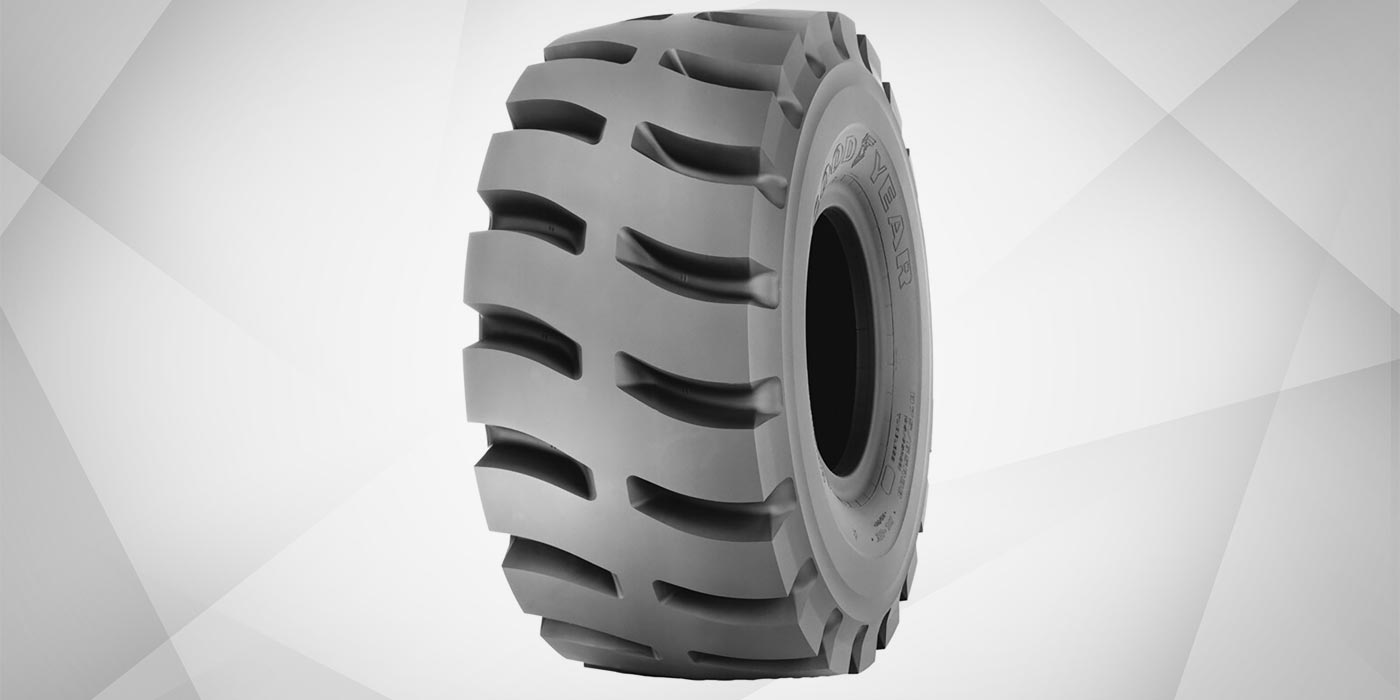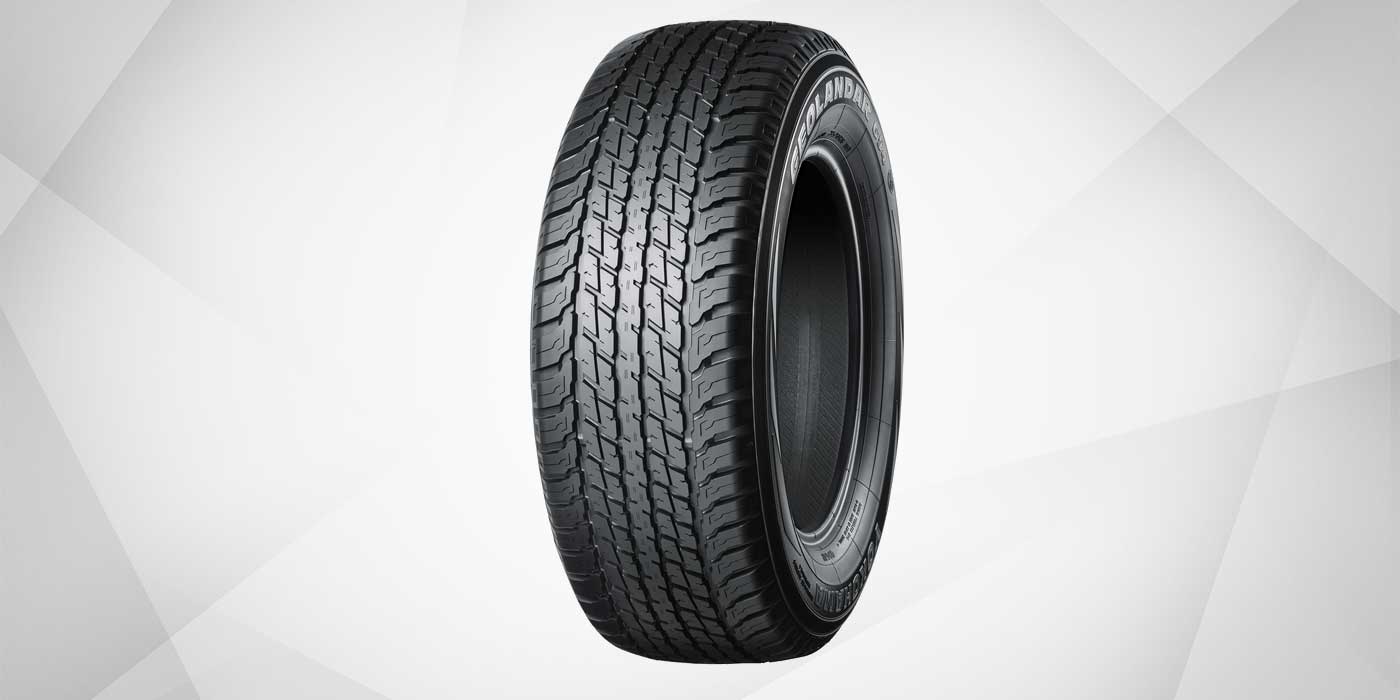The Goodyear Tiempo was the tire industry’s first dedicated all-season passenger tire, introduced in 1977. Back then, a gallon of gas was 65 cents, Jimmy Carter was sworn in as president, Rocky and Star Wars hit the movie theaters, and Elvis Presley left the building.
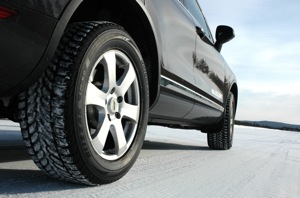
I was a youngster wishing to dance like John Travolta in Saturday Night Fever and blind to the fact I would grow up to be a tire engineer. I do remember hearing about the Tiempo and its all-season capabilities. Yes, I was a car guy from early on, helping my dad with oil changes, tune-ups and learning not to put bias tires on the front of a car and radial tires on the rear.
But looking back, Goodyear’s bold step created a new market segment aimed at the consumer who no longer wanted to switch summer and winter tires when the seasons changed and fork out the money associated with doing so. Soon all of the tire companies jumped in and began producing all-season tires to claim their share of the market.
Looking at basic performance factors, all-season tires can handle just about any possible road condition that comes up – and do so in a mediocre fashion. Tire performance is a series of trade-offs and finding parity in traction between wet, dry and snow conditions compromises grip.
Using winter tires during the winter months will provide a level of performance that can mean the difference between successfully negotiating a turn or paying your insurance deductible. With recent winters (well, except this past year) setting record levels of snowfall and low temperatures across the continental U.S., the all-season concept may have lost its allure.
A summer tire generally implies that it is designed to be used in temperatures well above the freezing mark. We can dissect the design of a summer or winter tire into four areas: the tread pattern, the mold shape, the tread rubber compound and the internal construction.
The tread pattern of a summer tire has less grooving because it is designed to have maximum road-holding performance, and more rubber in contact with the road is best for dry traction. Looking at an extreme case, racing tires have no grooving so as to maximize contact with the race track for ultimate grip.
Grooving is added to summer tires in order to prevent hydroplaning during wet conditions, allowing water to escape from the contact area. When the volume of water exceeds the groove volume or the speed at which the water can be displaced into the grooving, hydroplaning occurs. If you have experienced hydroplaning, you know how uncomfortable that lack of control feels.
Tire engineers generally design a summer tread to have 20% or less groove area in the contact patch. Winter tires go the opposite way and use 35% or more groove area to help displace the snow and slush. There also is the theory that snow-on-snow traction is better than rubber-on-snow. Large grooving packed with snow is thought to improve overall snow traction.
Winter tread patterns also incorporate more blading or siping within a tread block to increase the compliance of the tread pattern. Allowing the tread elements to fan out from weight and loading pressure while in the footprint creates more edges to help with traction on snowy and icy surfaces.
Shape and Compound
The mold shape is the profile of the tire’s cross-section. Tire engineers can vary the width of the tread to design for certain performance parameters. Summer tires generally have a wide tread width to maximize footprint contact area. In contrast, a winter tire may have a very narrow tread width – key to preventing the tire from floating on the snow and slush, similar to hydroplaning, and allowing the tire to penetrate down to the road surface. A narrow tread also increases the contact pressure per unit area, giving a higher level of grip in sloppy conditions.
The tread rubber is the most critical component of a tire’s tractive performance. Rubber compounds for winter tires are formulated to have more flexibility in colder temperatures. A summer tire’s tread rubber will become hard at freezing temperatures and grip diminishes substantially.
I recall an experiment at one of my previous employers. Using a summer tread pattern, a variety of tread compounds were used for snow traction and handling evaluation. A summer tread pattern made with a winter tread compound improved straight-line traction by almost 400%.
As for snow handling, well, the test driver was able to drive to the test course on the winter tread compound and then perform the needed testing. The winter treaded tire with a summer compound, though, would not allow him to even leave the garage.
On the other hand, a winter tread compound will wear much quicker than a summer tire tread compound because of its softness. So the key difference between a summer and winter tire is the tread rubber and its ability to maintain flexibility and provide grip in cold weather.
Tire Construction
The internal tire construction of a winter tire is designed have a lower stiffness or spring rate. The main reason is to maximize traction in low coefficient conditions. Not to get too scientific, but a lower spring rate usually means a lower natural frequency, which translates into a slower response.
Going back to racing in wet conditions, the ideal setup is to reduce overall stiffness in order to provide a progressive breakaway at the time of traction loss. A progressive loss of traction is easier for a driver to deal with as compared to a sudden loss of traction.
A driver also will be able to easily drive within the window of maximum available traction during low grip coefficient conditions. A summer tire is the opposite, as a higher spring rate will ultimately give a higher level of maximum grip.
Think of tires as an insurance policy. During an emergency driving situation, having the right tires can make a huge difference between success and failure. Dedicated tires for winter driving will reduce stopping distances in inclement weather conditions and may help to avoid hitting that car in front of you that is spinning out of control. Dedicated summer tires in a warm weather accident avoidance maneuver will give the best chance of success.
As drivers, we always hope to drive in a defensive manner and allow ample driving distance from the car in front, but doesn’t it seem like we have an “OMG moment” every day? The driving talent on our roadways is vast, so give your customers an advantage and recommend tires dedicated for summer and tires dedicated for winter.





